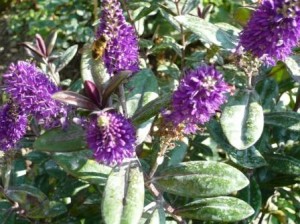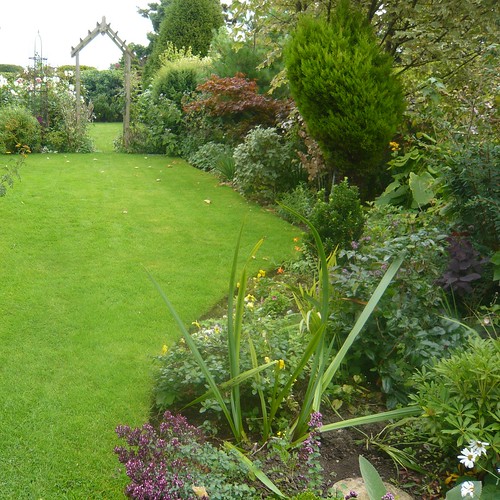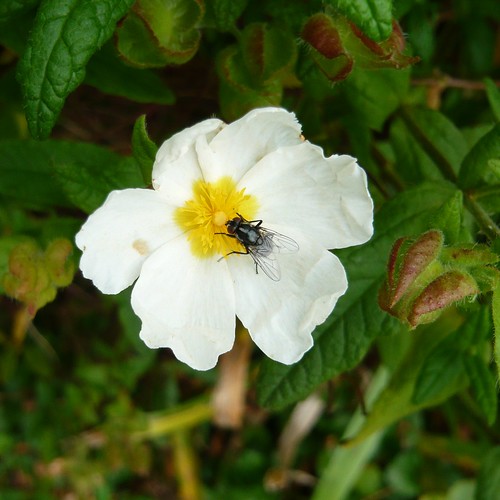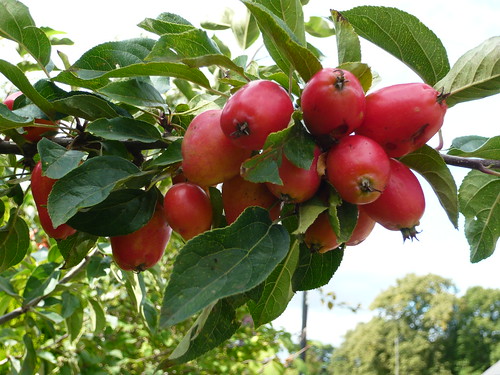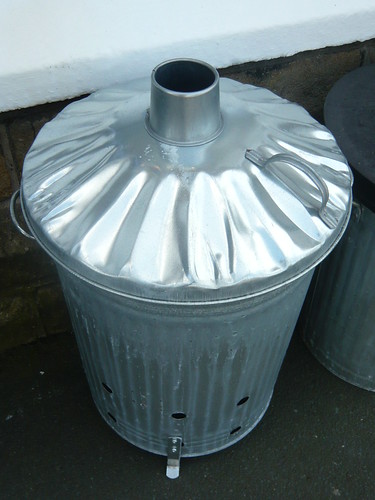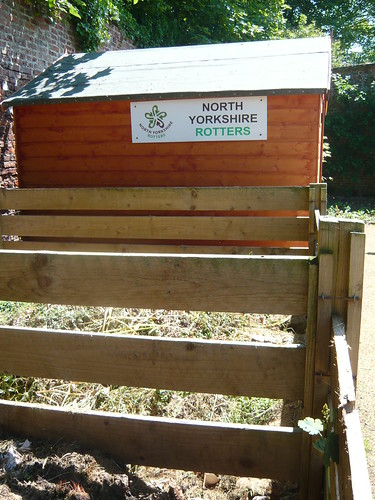My Plant Partners
Combining plants in different ways is one of the joys of successful gardening. Different shapes and textures or bold colour schemes may be the trigger to make a combination work and there are companion plants that encourage growth in others. These wine red and white cyclamen produced a great contrast on their own but combined with the winter heather and the brown fallen leaves they were putting on a regal show in a local churchyard.
Recommended Plant Partnerships
- A Chinese whitebeam tree, Sorbus hupehensis unfolds sea-green ferny leaves in spring with white flowers in summer. Its beauty can be enhanced by underplanting with the arching Berberis x rubostilla.
- For autumn contrasts try Acer palmatum’s red leaves with a variegated Holly like Ilex Madame Briot.
- For a silver leaved collection try Lavender Hidcote, Artemesia Lambrook Silver with Dianthus Mrs Sinkins. To highlight the combination have an old fashioned Gallica red rose as a centre piece.
- Euonymus radicans and the smaller Eythronium White Beauty have pleasing yellow and white contrasts.
- A couple of dogwoods can look striking in winter. Try cornus alba Sibirica red and the yellow stemed cornus stolonifera. Prune them hard in spring.
- A rose like Queen Elizabeth can have its leggy stems surrounded by Rosemary or Lavender or even small violas.
- Hostas and Primula japoinica or Harlow Carr hybrids both like waterside conditions and thrive together. Hostas with yellow-green leaves also go well in front of smoke bushes Cotinus coggygria

